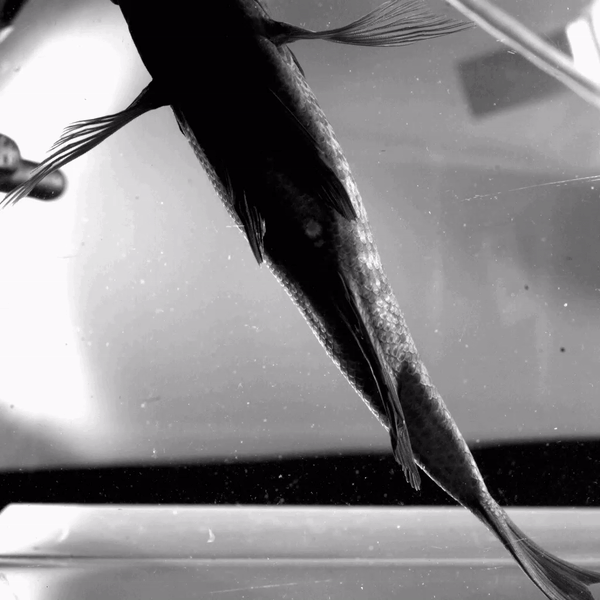Functional morphology of fishes and other swimmers, living and extinct
Using integrative approaches to address the physical basis of behavior in an evolutionary comparative context, we investigate the ways in which organisms interact with their environment and explore evolutionary questions such as selection for performance and the functional morphology and biomechanics of extinct organisms.

Ichthyosaur tail stiffness may have been similar to sharks
Crofts et al. 2019. Flexibility of heterocercal tails: what can the functional morphology of shark tails tell us about ichthyosaur swimming? Integrative Organismal Biology 1(1):obz002 PDF

Evolution of fish tails shows an increase in flexibility for maneuvering
Flammang BE. 2014.The fish tail as a derivation from axial musculoskeletal anatomy: an integrative analysis of functional morphology. Zoology 117(1):86-92. PDF

We discovered a new muscle in the tail of sharks that controls stiffness
Flammang BE. 2010. Functional morphology of the radialis muscle in shark tails. Journal of Morphology 271(3):340-352. PDF

Fish achieve complex tail shapes though individual fin ray control
Flammang BE, Lauder GV. 2008. Speed-dependent intrinsic caudal fin muscle recruitment during steady swimming in bluegill sunfish, Lepomis macrochirus. The Journal of Experimental Biology 211:587-598. PDF

Backwards swimming requires precise fin synchronization
Flammang BE, Lauder GV. 2016. Functional morphology and hydrodynamics of backward swimming of bluegill sunfish. Zoology 119(5):414-420. PDF

Fish use their fins to feel a cluttered environment
Flammang BE and Lauder GV. 2013. Pectoral fins aid in navigation of a complex environment by bluegill sunfish under sensory deprivation conditions. The Journal of Experimental Biology 216:3084-3089. PDF Supplemental video

Fish modulate muscle activity for different behaviors
Flammang BE, Lauder GV. 2009. Caudal fin shape modulation and control during acceleration, braking, and backing maneuvers in bluegill sunfish, Lepomis macrochirus. The Journal of Experimental Biology 212:277-286. PDF

Knifefish can have multiple simultaneous propulsive waves
Youngerman et al. 2014. Locomotion of freely-swimming ghost knifefish: anal fin function during four behaviors. Zoology 117(5):337-348. PDF

Flexible fins damp perturbations without disturbing locomotion
